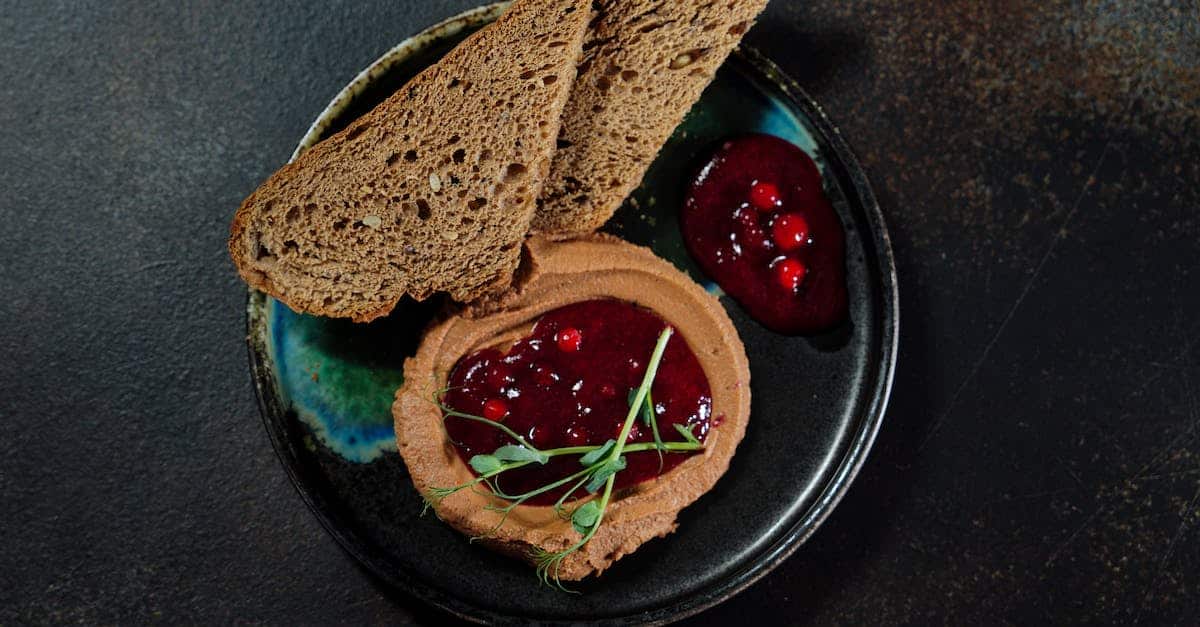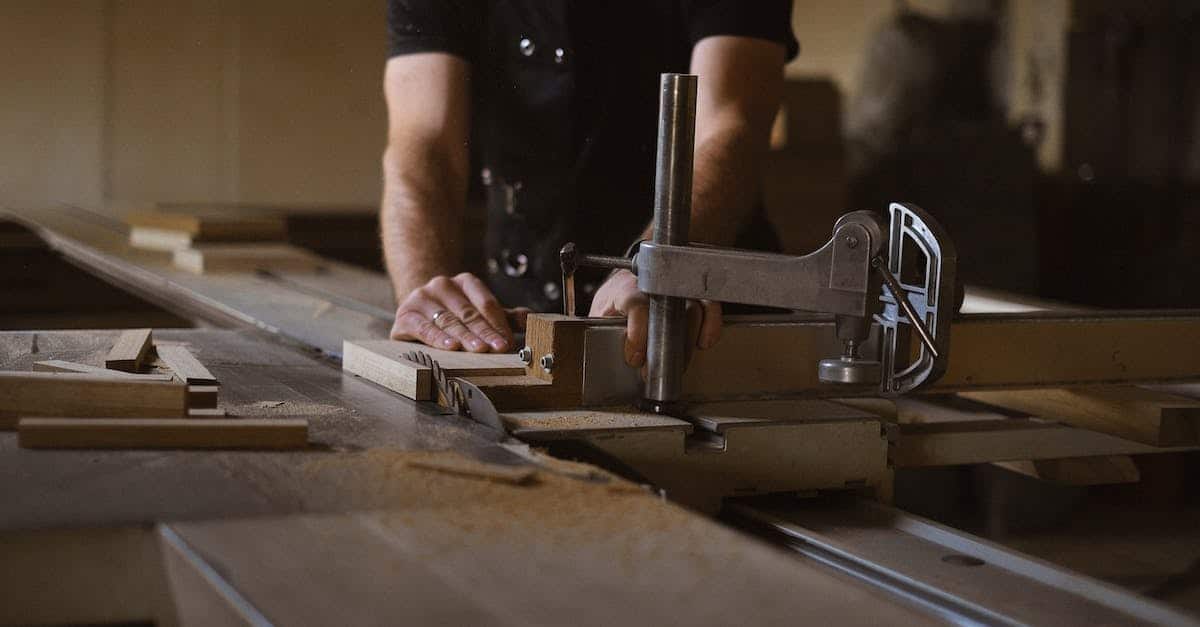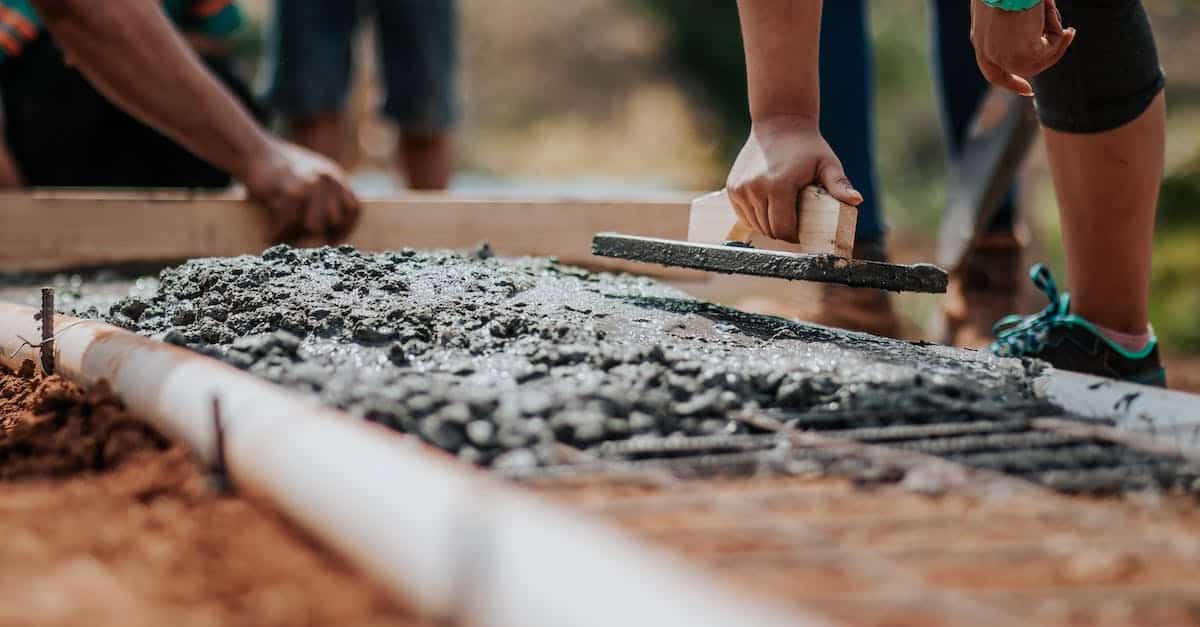Embarking on an outdoor project can be thrilling, but it’s the choice of wood that’ll dictate its longevity and beauty. You’re probably wondering which woods can stand up to the elements while still looking great in your backyard. Well, you’re in luck because we’re about to dive into the best woods that’ll ensure your outdoor projects not only last but also age gracefully.
From the classic charm of cedar to the hardy resilience of teak, picking the right wood is crucial for any project that’ll brave the sun, wind, and rain. Whether you’re crafting a cozy garden bench or a robust deck, we’ve got the lowdown on which woods will serve you best. Stick around as we explore the top contenders that promise to bring durability and aesthetic appeal to your outdoor living space.
The Importance of Choosing the Right Wood for Outdoor Projects
When you dive into your outdoor projects, the kind of wood you select isn’t just a mere detail—it’s a crucial decision that will influence the durability and aesthetics of your creation. Think of wood as the fabric of your outdoor space; just as you wouldn’t choose a delicate linen for a rugged hiking backpack, you need to pick a wood that’s up to the task of braving the elements.

Weather resistance is key. Woods that stand up to rain, sun, and temperature changes mean your projects stay handsome and sturdy year after year. Not all woods are equal in this regard; some splinter, warp, or decay far quicker than others when exposed to Mother Nature’s whims.
You’ve probably thought about how insects are like the uninvited guests at your outdoor wood project party. They can turn your masterpiece into a midnight snack. That’s why choosing a wood with natural insect-repelling properties can be as important as selecting the right stain or sealant.
Also, think about the maintenance routine you’re signing up for. Some woods require more upkeep to maintain their beauty and functionality. If you’d rather spend time enjoying your outdoor oasis than sanding and resealing, it’s vital to choose accordingly.
Here’s a quick nugget to remember: woods like cedar and teak offer a fantastic one-two punch of resilience and low maintenance. But remember, every wood has its character and each one tells a different story once it becomes part of your home.
While these factors are essential, it’s also about the impact on your wallet. Cost effectiveness can’t be overlooked because let’s face it, you want the best bang for your buck. High-quality woods might demand higher initial costs, but their longevity often results in a better return on investment.
As you stand before the array of choices, remember the lore of woodworkers before you. Your project is more than just a weekend endeavor—it’s a testament to your craft, a piece of functional art that can withstand the test of time. Always weigh the pros and cons of each option before making that decisive cut.
Cedar: A Classic Choice for Outdoor Projects
When you’re digging into the nuances of outdoor woodworking, one name you’ll encounter again and again is cedar. Cedar wood stands out for so many reasons, and as you embark on your next outdoor project, you’ll want to keep these perks in mind.
Firstly, cedar is renowned for its natural oils. These oils aren’t just a random feature; they help repel insects and fend off rot, making cedar a frontrunner for longevity in your garden or patio. You won’t have to fuss over it like some prima donna; with cedar, you’re getting a stoic wood that won’t crumble at the sight of an (inevitable) rainstorm.
Moreover, cedar doesn’t give you a color that fades into the background. Instead, it offers a spectrum from warm, cinnamon hues to light, honeyed tones that become a subtle silver-grey with age. This characteristic patina is often sought after by artisans and DIY enthusiasts, giving your projects a distinguished look without a lick of stain.
When it comes to workability, cedar is a dream. Soft yet durable, it saves you from the curse of blunted saw blades and excessive tool wear. You’ll find carving, cutting, and fastening to be a breeze, allowing for detailed work without the added stress on your tools or your patience.
As for maintenance, you’ve hit the jackpot with cedar. A light cleaning now and then keeps the wood in top notch condition. And while some might preach the need for sealants, cedar’s inherent resilience means you can skip the annual chore of reapplying protective coatings—a boon for anyone who’d rather spend their weekend building than maintaining.
- Weather resistant
- Insect repellant
- Low maintenance requirements
- Soft yet durable
- Beautiful aging process
Finally, consider the acoustic properties of cedar, an unsung hero for outdoor projects. It can provide a degree of sound insulation that’s hard to beat, making it ideal for fence panels or enclosures around generators or air conditioning units, muffling the humdrum of mechanical noise.
Teak: The Resilient and Weather-Resistant Wood
As you delve deeper into your journey of discovering the best woods for outdoor projects, teak should be at the forefront of your list. Teak’s reputation for durability in outdoor conditions is legendary. It’s a tight-grained hardwood known for its remarkable resilience and longevity. This wood’s natural oils provide outstanding weather resistance, making it a top-notch choice for outdoor furniture, decking, and boat building.
You’ll appreciate teak’s low-maintenance nature due to its inherent ability to withstand decay, rot, and pest infestations. Unlike softer woods that might require frequent treatments, teak maintains its integrity without the need for sealants or oils. The weathering process only enhances its beauty, transitioning from its natural honey-gold hue to an elegant silvery-gray patina that’s highly sought after—a testament to its age and strength.
The initial investment in teak may be higher than some other woods, but its longevity makes it a cost-effective option over time. Teak’s density and oil content also contribute to its exceptional ability to resist splintering and warping, even in the most challenging climates.
Teak truly shines in terms of workability. While it’s a bit denser than cedar, you’ll find it’s still reasonably easy to work with. Whether you’re sawing or drilling, the wood’s uniform texture and composition prevent unexpected chipping or cracking. Plus, its natural oils ensure that your tools stay sharp longer, offering a smooth woodworking experience.
- Withstands harsh weather
- Resists decay and insects
- Ages with grace
- Requires minimal maintenance
- Long-term cost-effectiveness
Consider teak not only for its functional benefits but also for the elegance it will bring to your outdoor spaces. Over time, you’ll watch your projects evolve with the wood, developing a rich history that only a material like teak can provide.
Redwood: A Natural Beauty with Exceptional Durability
Shift your focus now to redwood, a timber that’s as robust in strength as it is striking in appearance. When you’re tackling outdoor projects, you’ll find redwood’s vibrant tones can range from light pink to deep reddish-brown, making every piece you craft a natural masterpiece.
Redwood’s resistance to decay and insects is legendary – thanks to its inherent chemical compounds, it stands tall against the elements year-round. Even in damp environments prone to fungal growth, redwood maintains its integrity, a testament to its exceptional durability.
As an avid woodworker, you’ll appreciate that redwood is not just about looks and longevity. Its workability is a dream – whether you’re cutting, planing, or drilling, it responds without a fuss. For those intricate designs you’re planning, it molds to your will with ease.
Here’s something you’ll love: redwood has a natural resistance to fire. That’s right, this wood’s fire rating is comparable to the chemicals in fire-retardant products, which adds a layer of safety to any outdoor project.
And let’s talk sustainability. Redwood forests are well-managed and sustainably harvested, ensuring a balance between your woodworking passion and ecological responsibility.
- Resistant to Decay
- Naturally Insect-Repellent
- Easy to Work With
- Fire-Resistant Qualities
- Sustainable Forestry Practices
For those sprawling decks, pergolas, and outdoor furniture that demand a touch of nature’s splendor, redwood might just be your perfect partner. Its aesthetic appeal blends with landscapes effortlessly, allowing your craft to settle into the outdoor space as if it’s always belonged there. Its minimal maintenance needs mean more time to enjoy your creations and less time on upkeep.
Each plank of redwood comes with a story, where the rings and grains narrate the passage of time, ready for you to shape it into the next chapter of its enduring legacy.
Pressure-Treated Pine: Affordable and Long-Lasting
If you’re eyeing your budget while planning for that deck or garden structure, pressure-treated pine should jump to the top of your list. Not only is it more affordable than many alternatives, but it also holds up admirably against the elements when properly maintained. You’ll find this wood easy on your wallet without compromising your project’s longevity.
Here’s the kicker with pressure-treated pine—it’s been chemically treated to resist rot, decay, and termites. You’ll sleep easy knowing these common outdoor wood menaces won’t gnaw away at your hard work.
But don’t think you’re giving up on aesthetics. Pressure-treated pine might start out with a greenish tint due to the treatment process, but it mellows out to a lovely, warm honey color that looks stunning in the great outdoors. And let’s not forget, you can always add a stain or paint if you’re itching for a specific hue.
The maintenance part is a breeze too. You’ll want to apply a water-repellant finish every couple of years to keep it looking fresh and extend its life. Consider it a weekend hobby session—turn on your favorite tunes and give that wood some love.
A quick heads up—when working with pressure-treated pine, always don those gloves and a mask. Safety first, right? The chemicals used for its treatment aren’t something you’d want on your skin or in your lungs.
Here are some bullet points you’ll appreciate about pressure-treated pine:
- Affordable: It won’t break the bank.
- Durable: Resists rot and insect invasions like a champ.
- Versatile: Takes paint and stain well to fit any design vision.
- Low Maintenance: A simple finish every now and then keeps it in top-notch condition.
- Eco-Friendly Option: Many suppliers source from sustainably managed forests—look for the right certification.
With all these traits, pressure-treated pine makes a solid option for anyone dabbling in outdoor projects, especially when you’re working toward a classy outcome on a not-so-gaudy budget. Just remember, a proper foundation and regular upkeep ensure that this wood will serve you well for years to come.
Conclusion
Choosing the right wood for your outdoor projects can make all the difference. Pressure-treated pine stands out as a reliable and cost-effective option that’ll serve you well through the seasons. Its natural transformation to a warm honey hue will add charm to your outdoor space, and its low maintenance needs mean you’ll have more time to enjoy your handiwork. Remember, with pressure-treated pine, you’re not only making a smart choice for your backyard but also a nod towards sustainability. Happy building!
Frequently Asked Questions
What are the main benefits of using pressure-treated pine for outdoor projects?
Pressure-treated pine offers affordability, durability, and versatility. It’s treated to resist rot, decay, and termites, and requires low maintenance. Over time, it develops a warm honey color but can also be painted or stained as desired.
Is pressure-treated pine resistant to outdoor elements?
Yes, pressure-treated pine is chemically treated to withstand rot, decay, and insect damage, such as termites, making it ideal for outdoor use.
Will pressure-treated pine remain green in color?
Initially, pressure-treated pine has a greenish tint, but over time it fades to a natural warm honey color that’s attractive in outdoor settings.
How often does pressure-treated pine need to be maintained?
Pressure-treated pine requires low maintenance, generally needing a water-repellant finish applied every two years to maintain its durability and appearance.
Can pressure-treated pine be painted or stained?
Yes, pressure-treated pine is versatile and can be painted or stained to match any design vision, giving you numerous customization options for your project.
Is pressure-treated pine an eco-friendly material?
Many suppliers source pressure-treated pine from sustainably managed forests, which makes it an eco-friendly choice for those who are environmentally conscious.
















